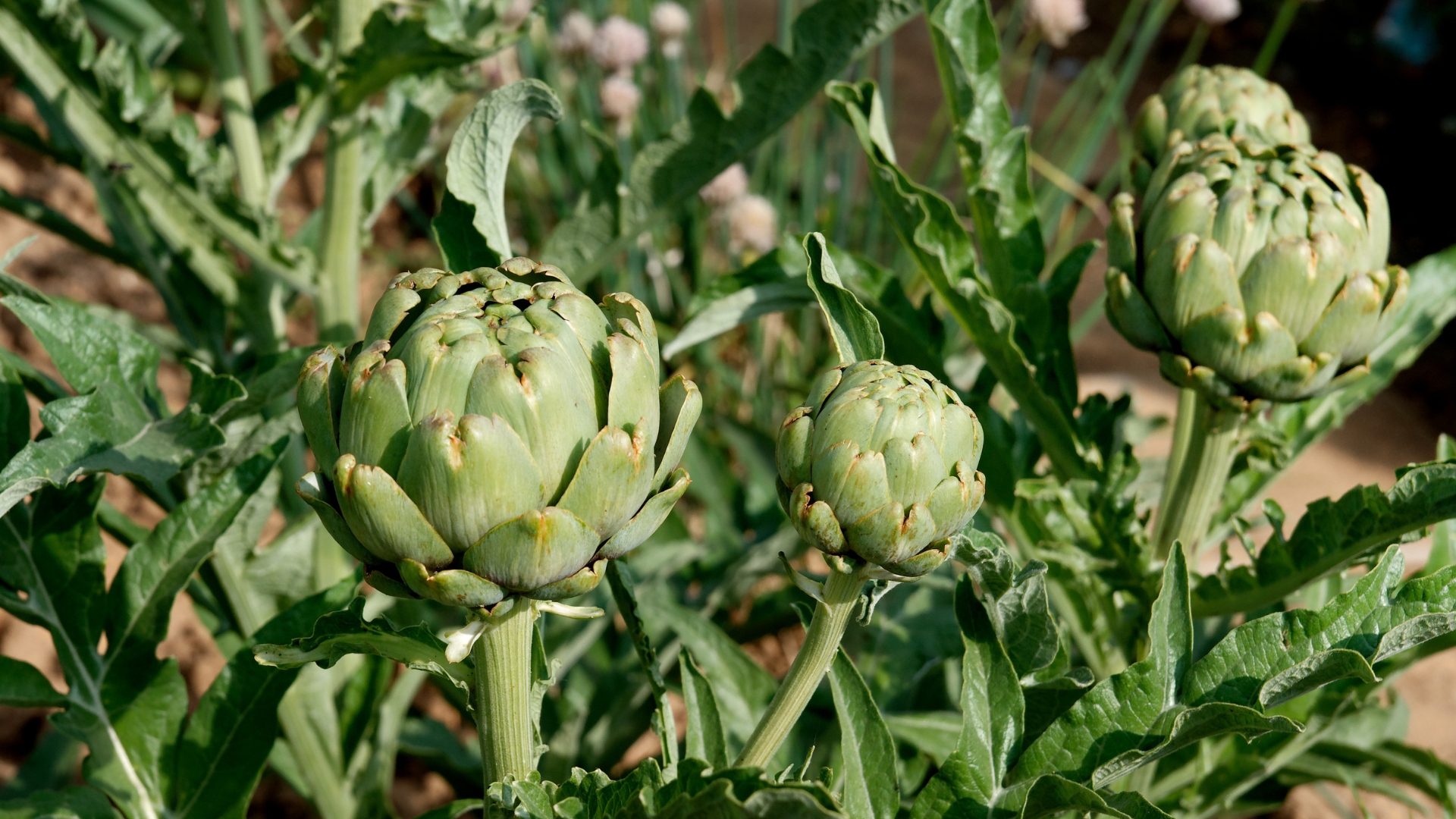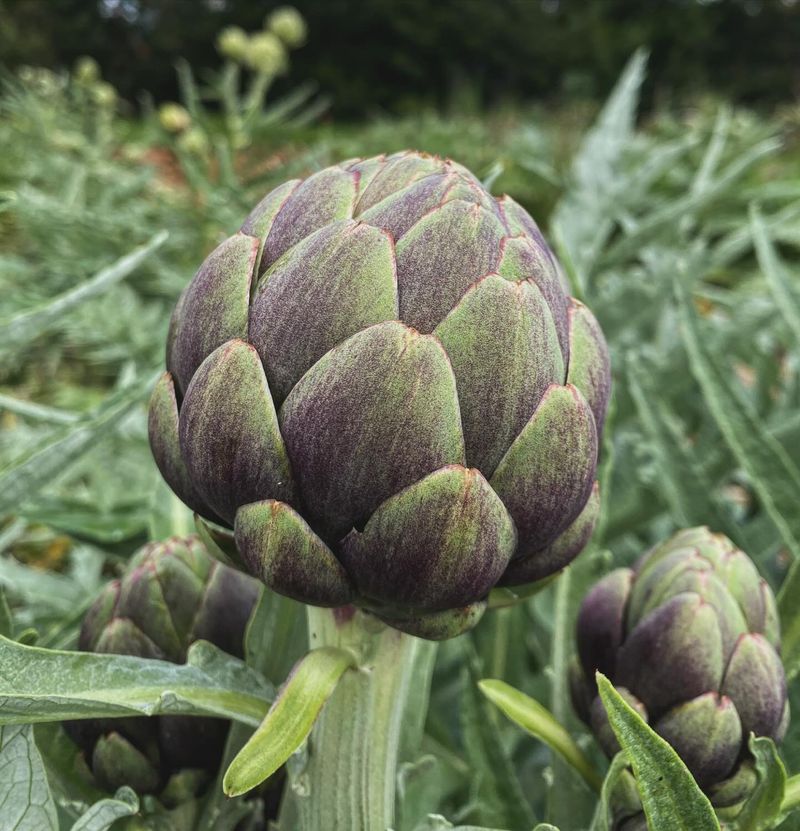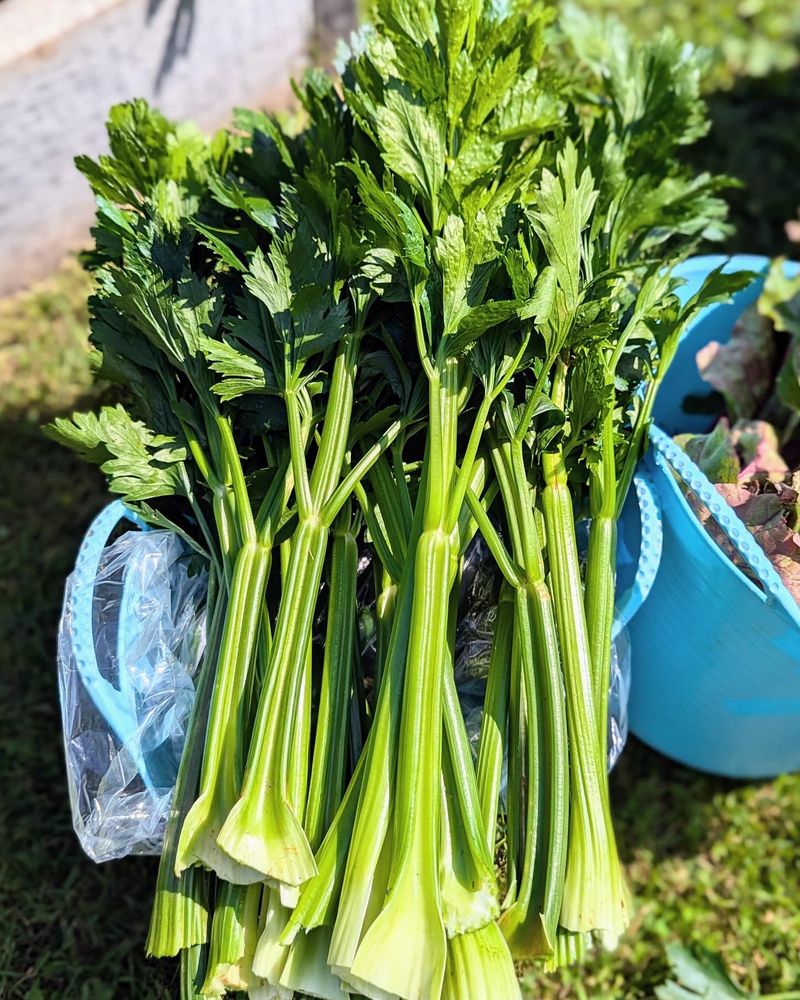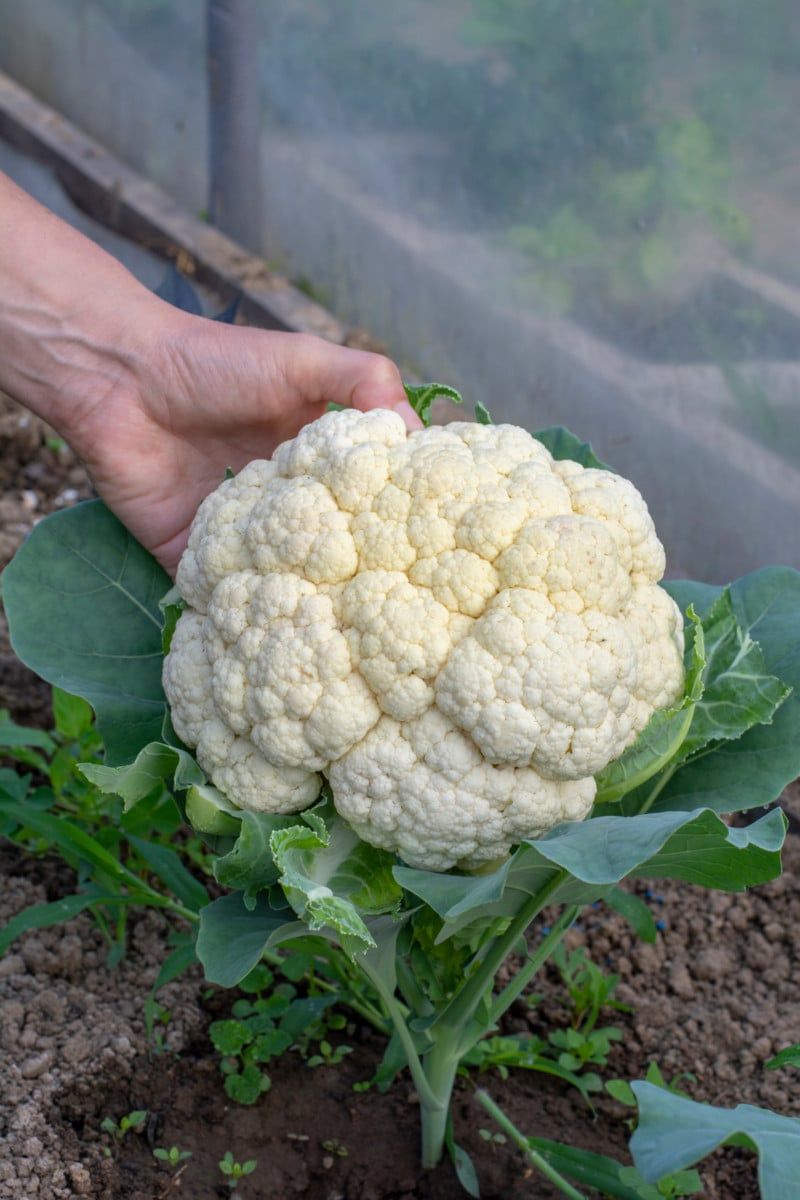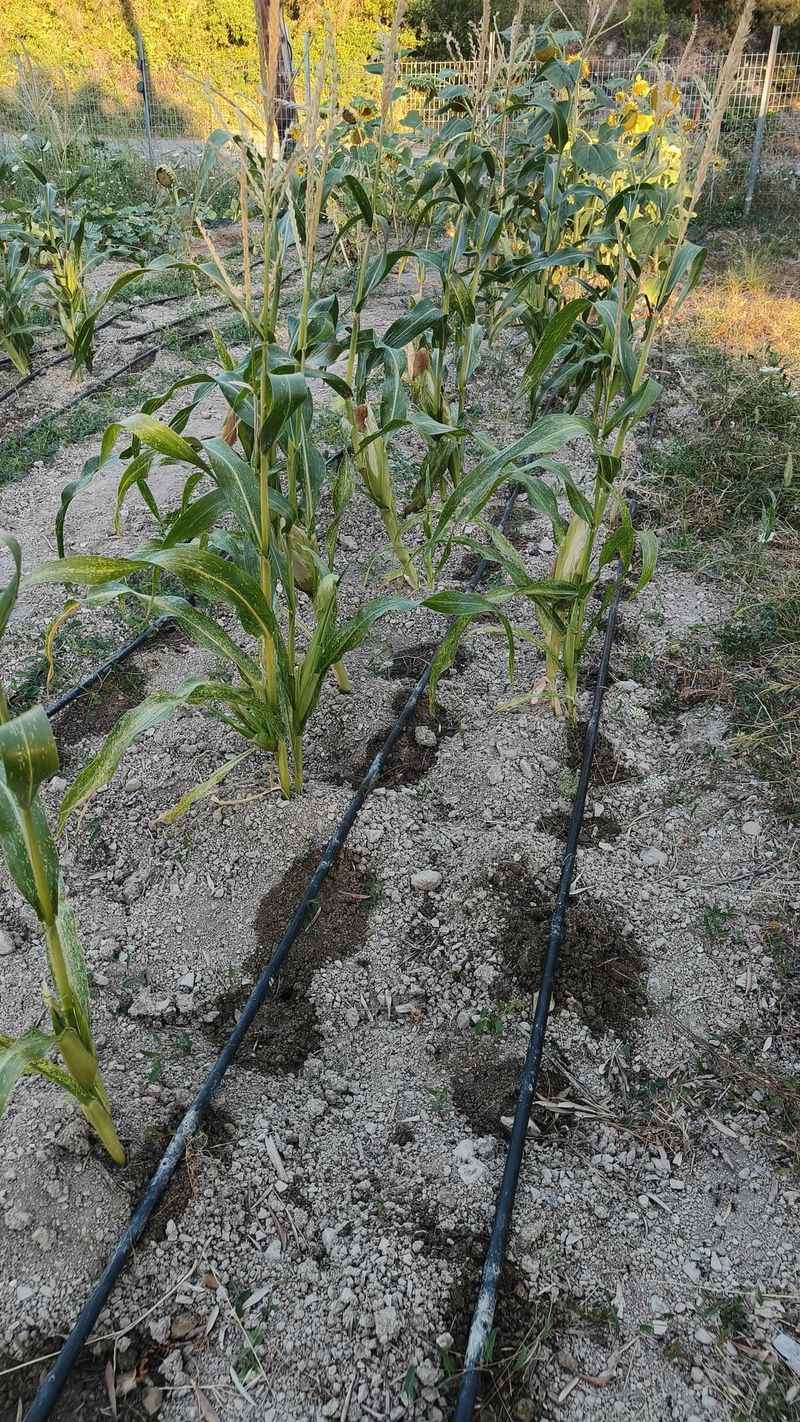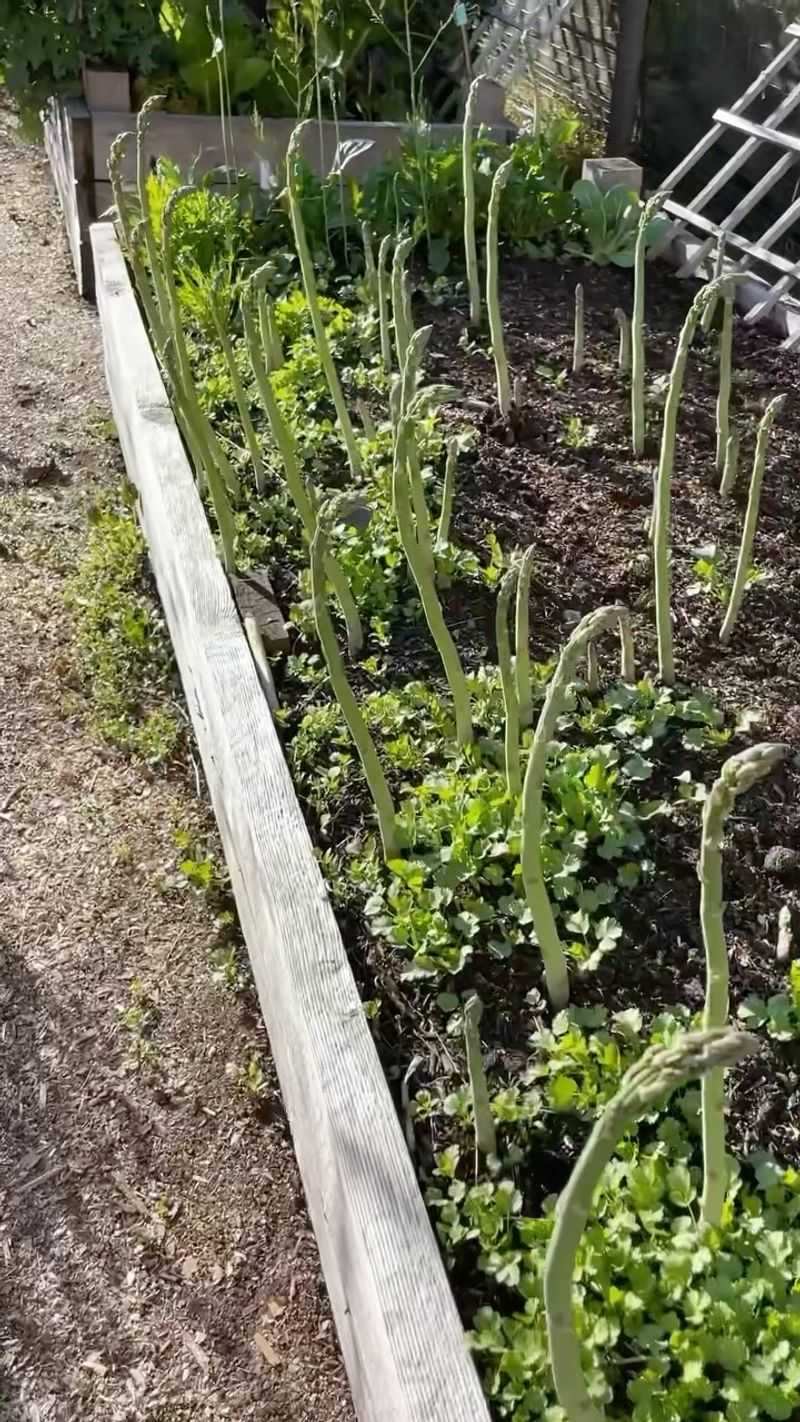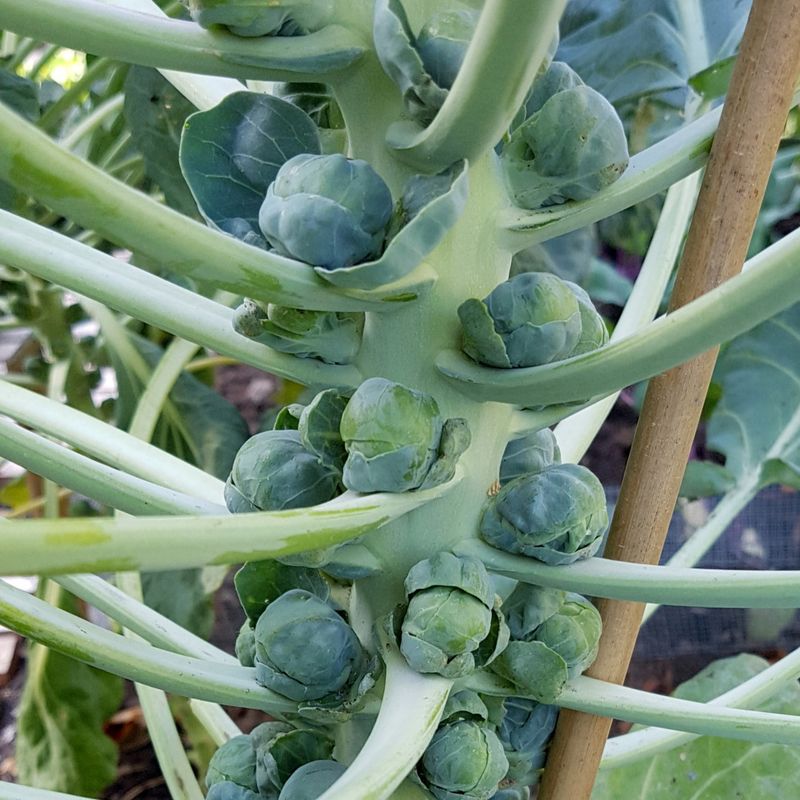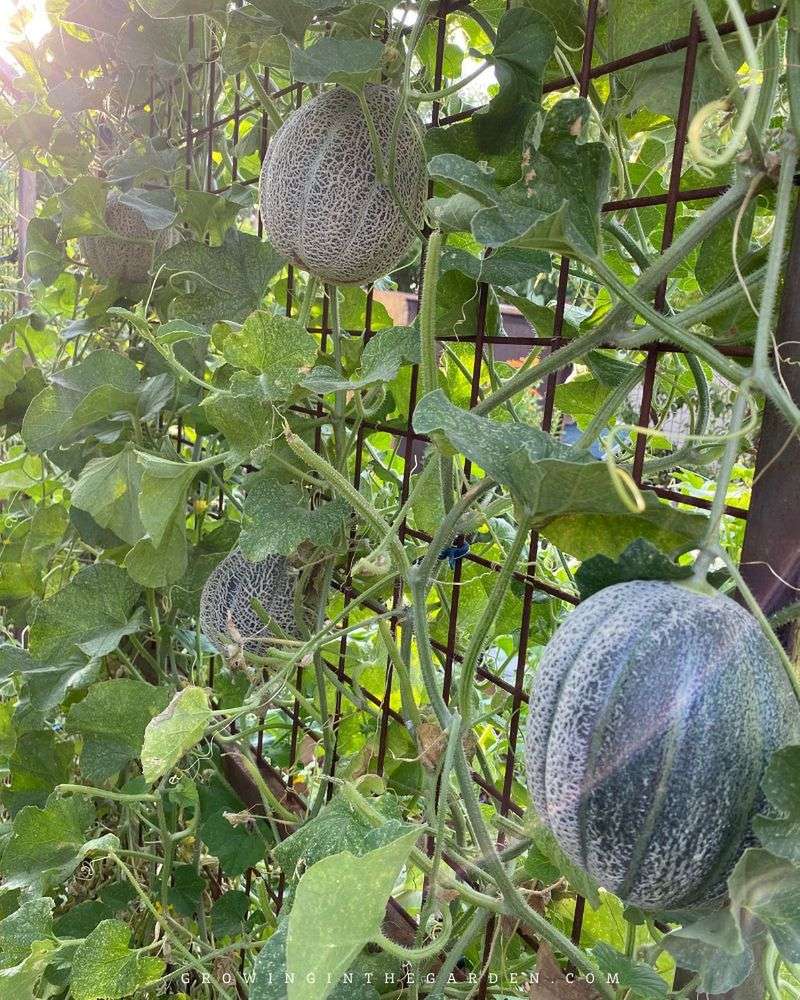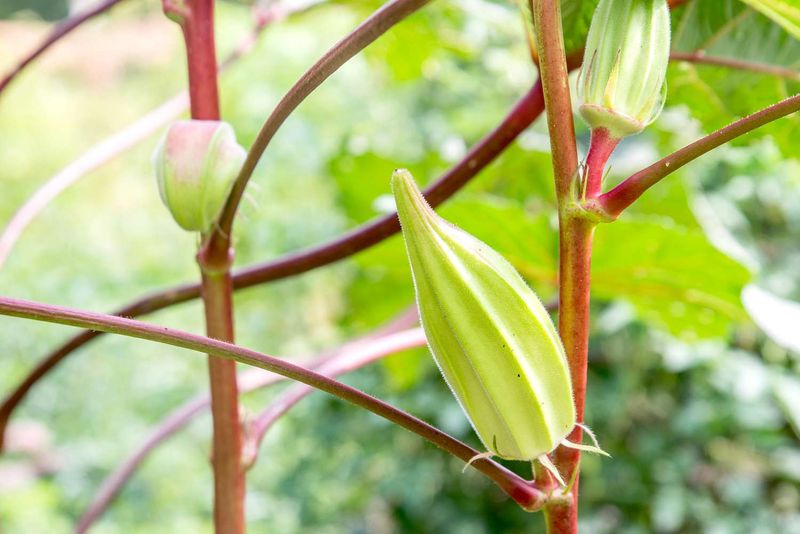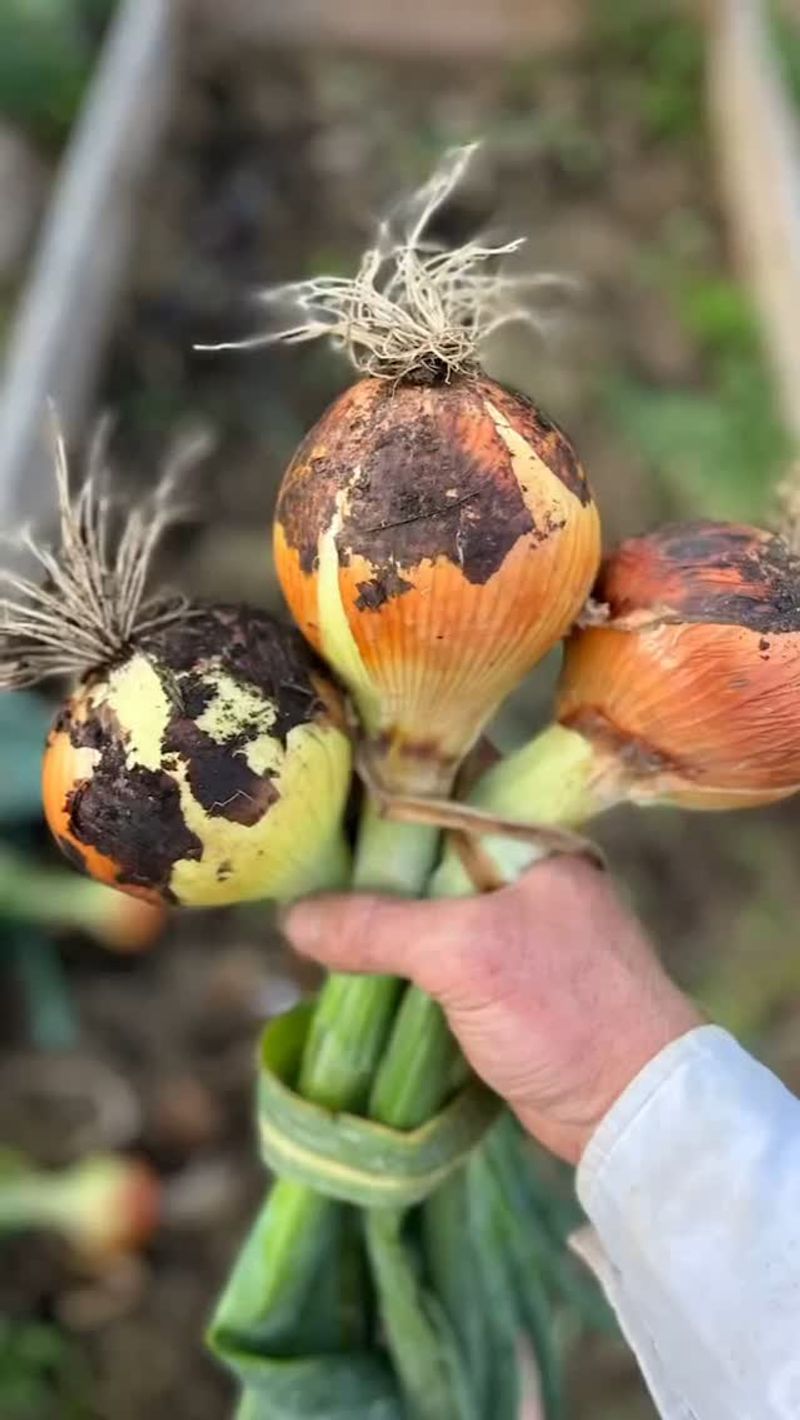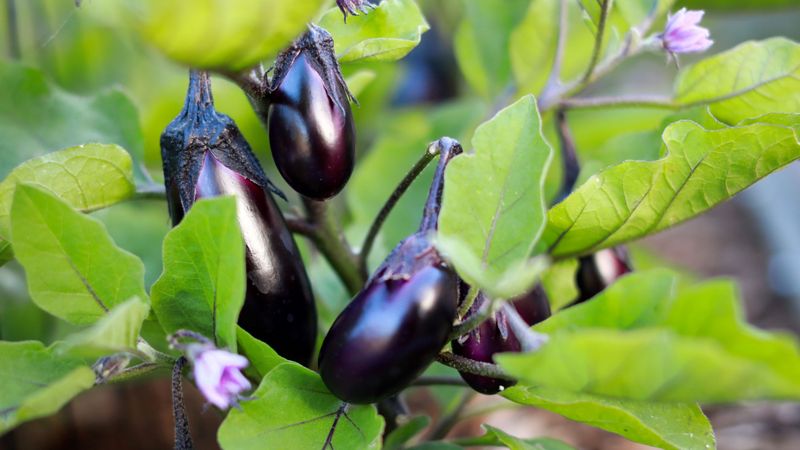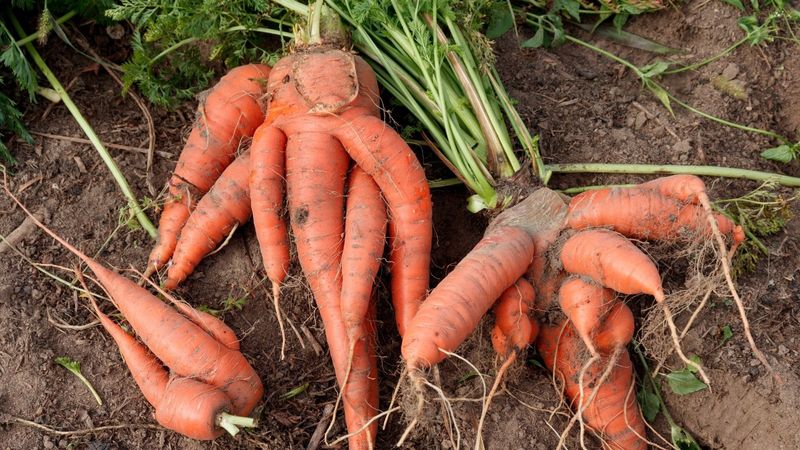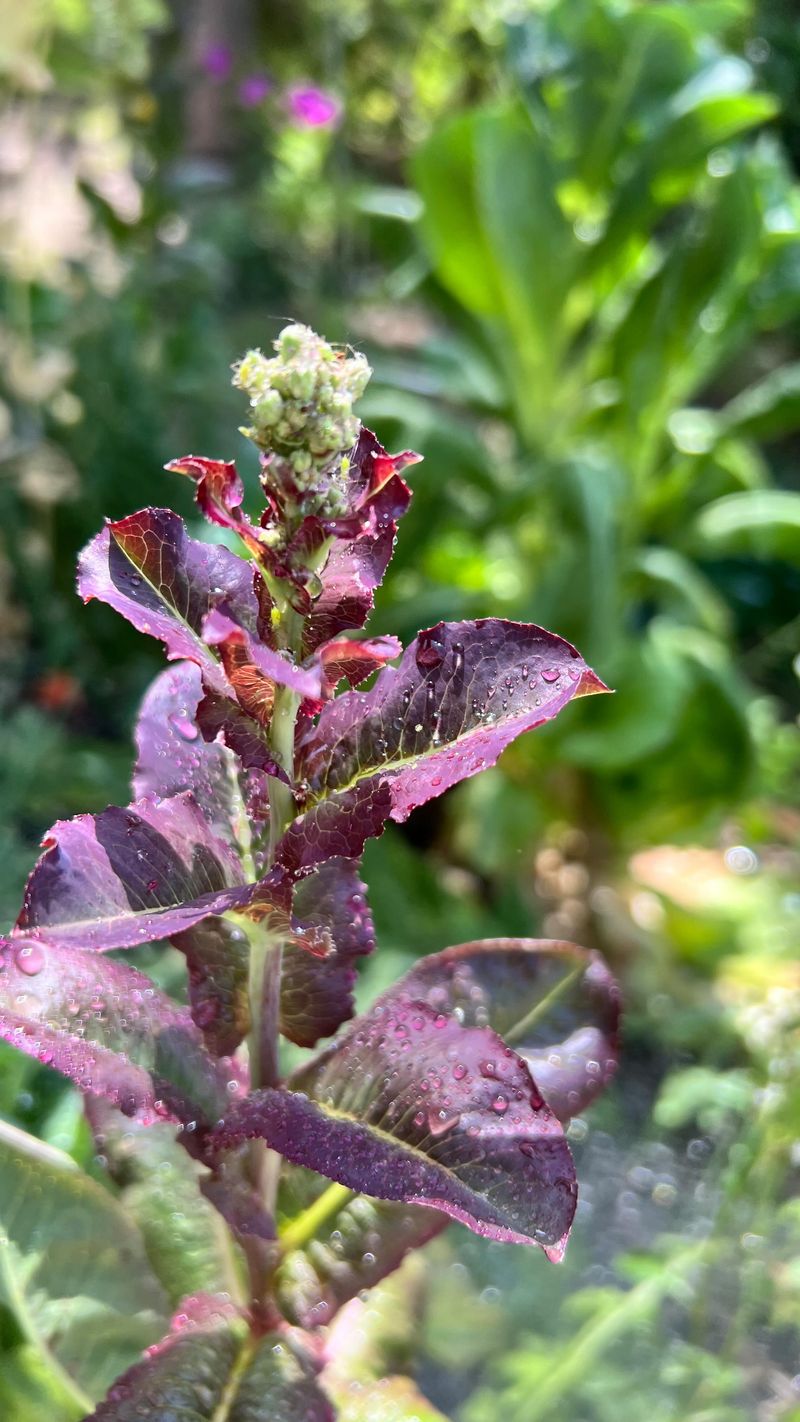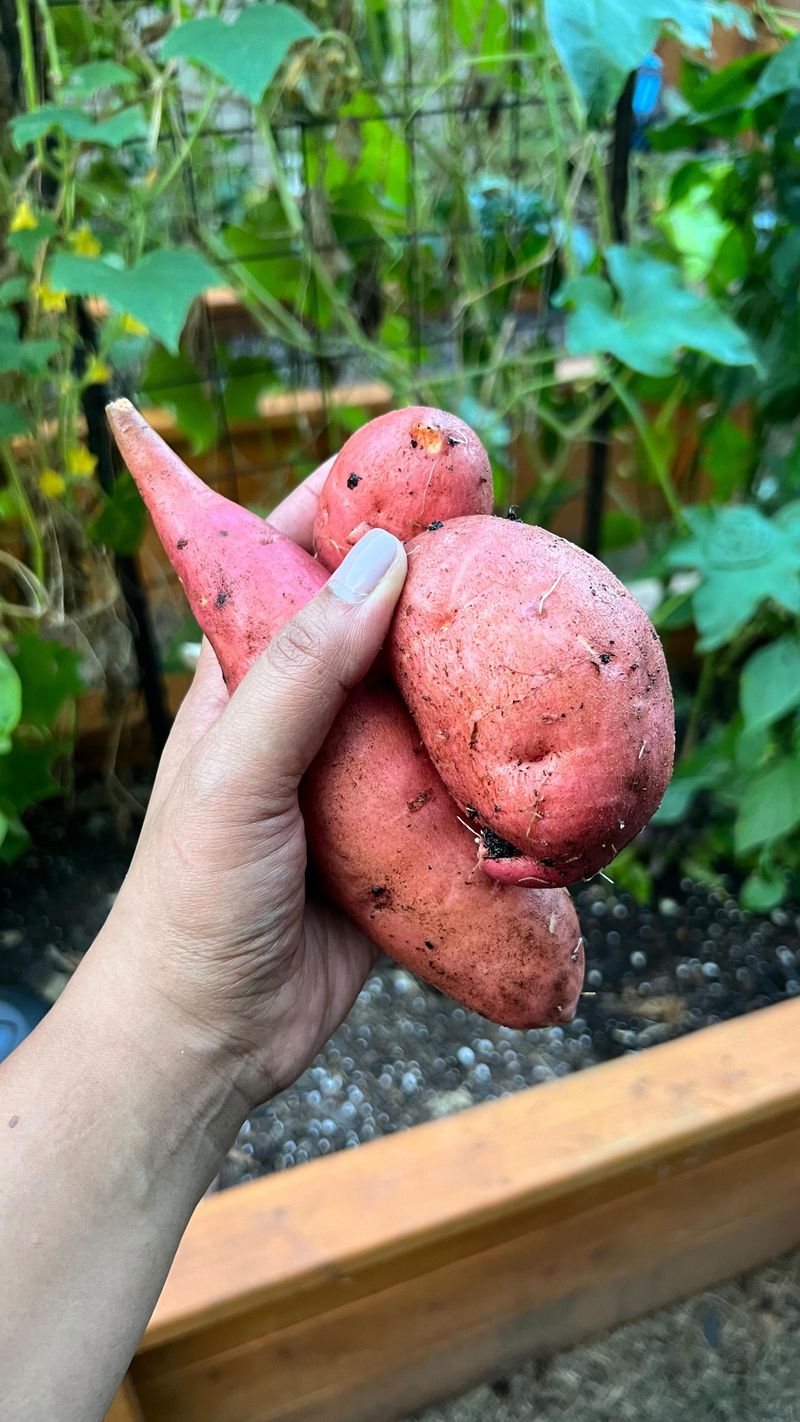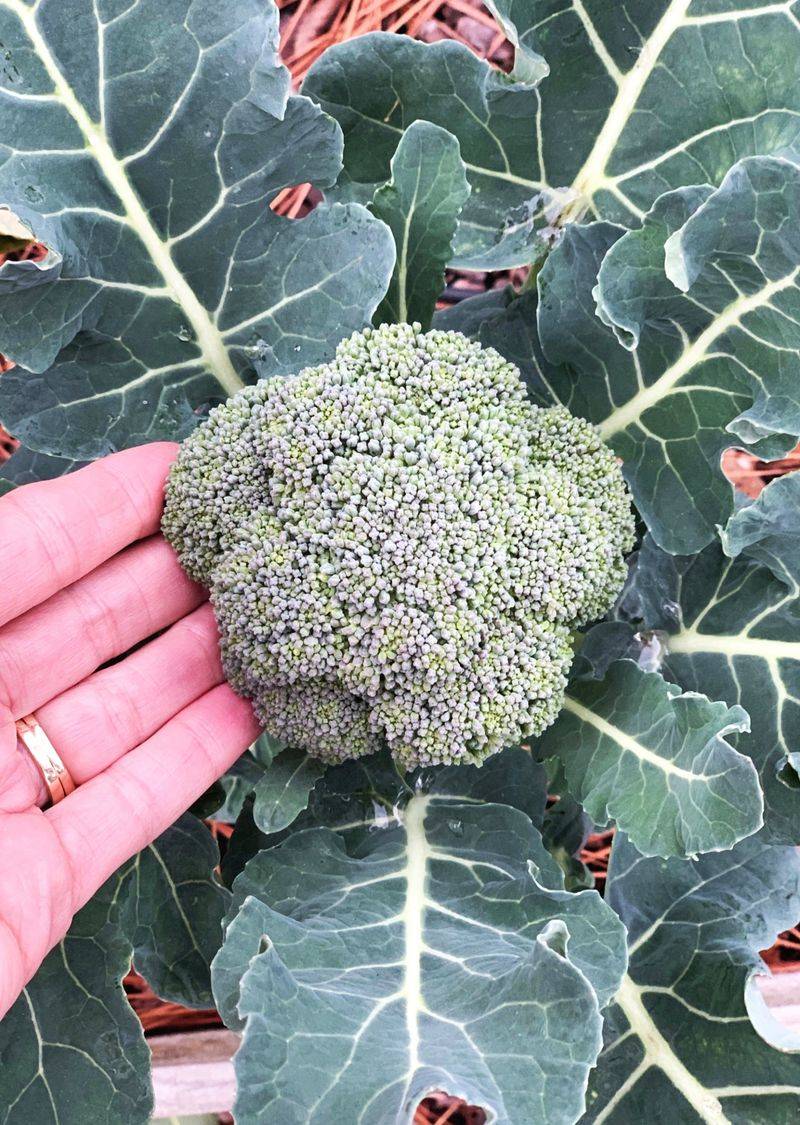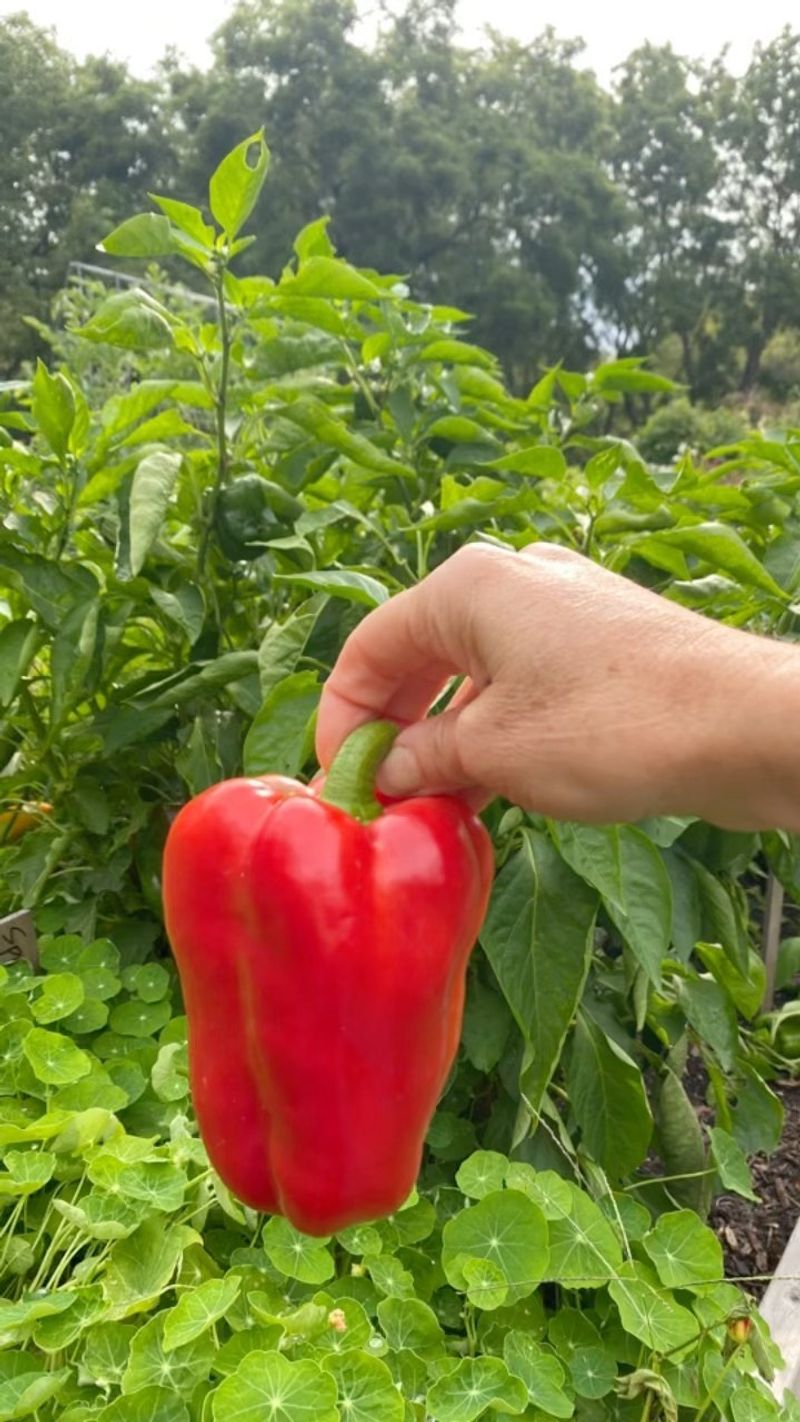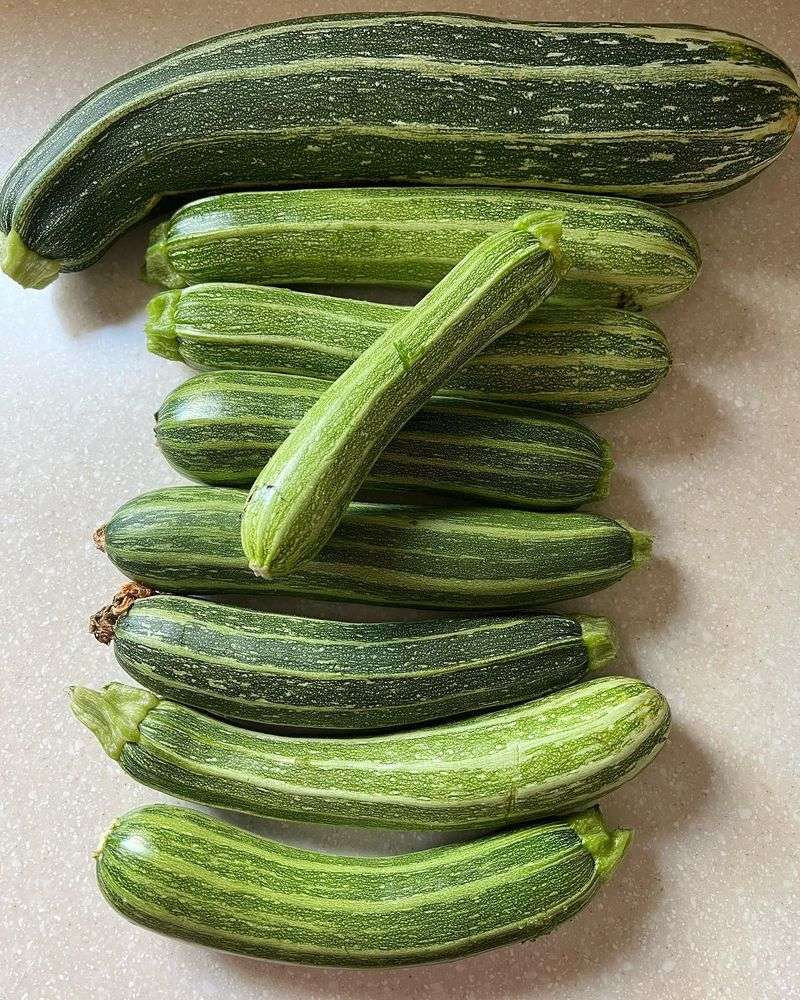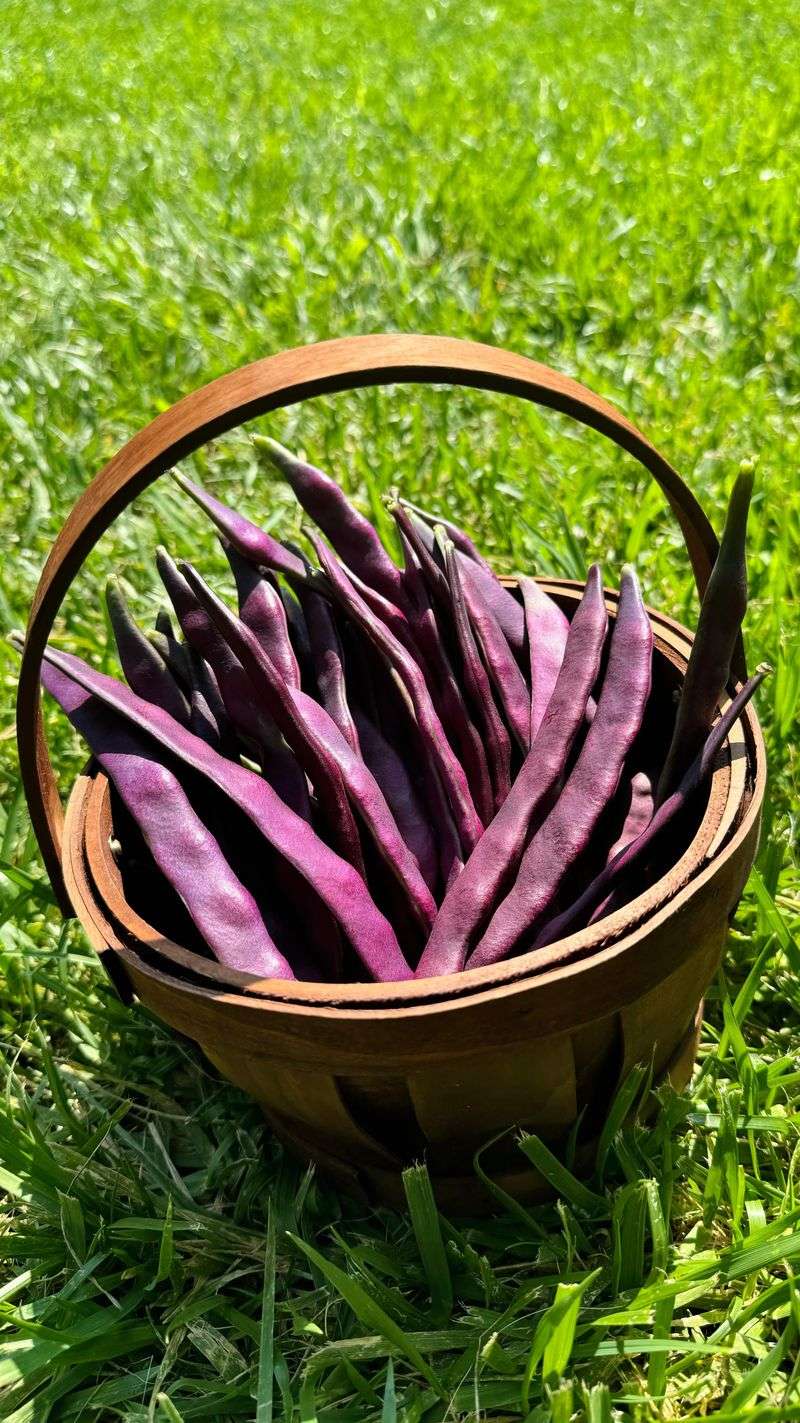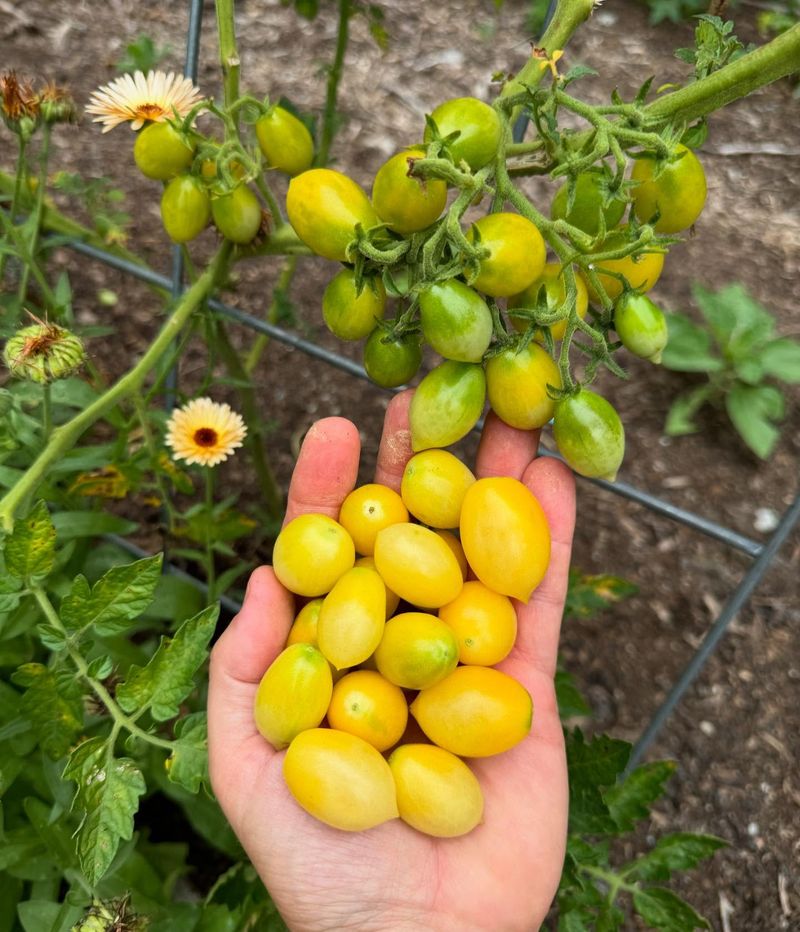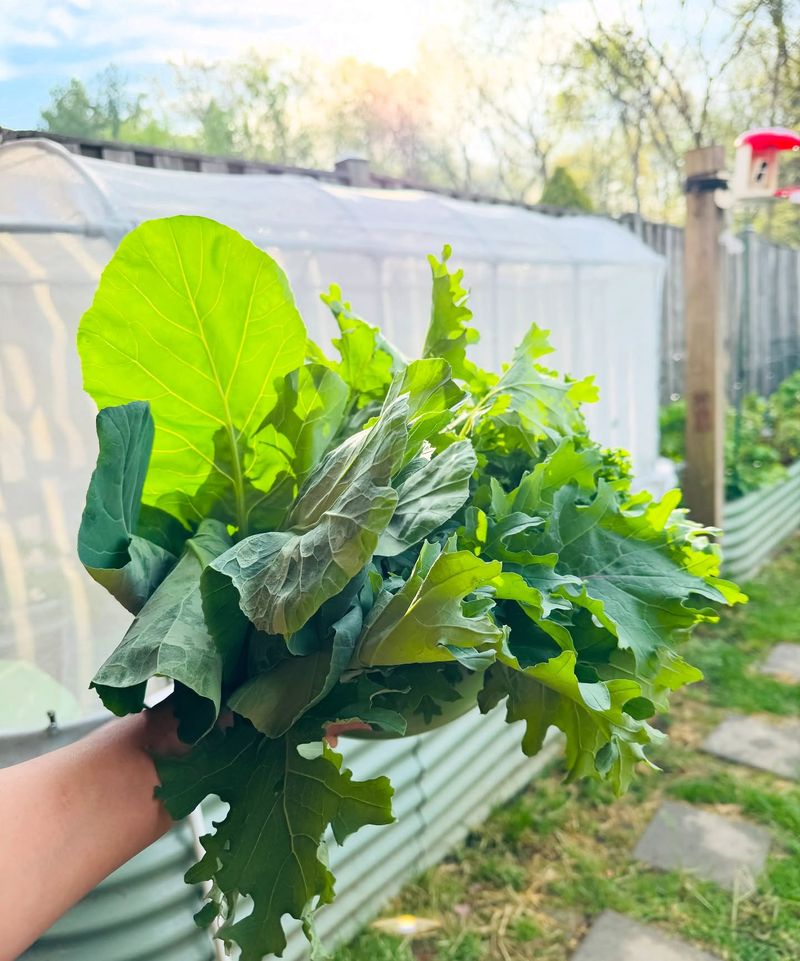Growing your own vegetables can be super rewarding, but some veggies are real garden troublemakers! They demand special care, perfect conditions, or just take forever to grow. Knowing which vegetables might give you headaches can save you time, money, and disappointment in your garden adventure.
1. Artichokes: Garden Giants With Attitude
Artichokes demand patience like no other vegetable. These Mediterranean natives need at least 100 frost-free days and perfectly warm (not hot) temperatures to produce their edible flower buds.
They’re space hogs too, requiring 3-4 feet between plants. Most gardeners struggle with their specific climate needs – too cold and they die, too hot and they refuse to form buds.
The kicker? After all that work, you might wait two years before harvesting your first artichoke!
2. Celery: The Thirsty Time-Eater
Growing celery feels like babysitting a super-demanding plant child. It requires constant moisture – let it dry out once and you’ll end up with bitter, stringy stalks that nobody wants to eat.
The growing season stretches 120-180 days, making it one of the longest-commitment vegetables. Celery also needs cool temperatures but can’t handle frost, creating a narrow growing window.
Even experienced gardeners struggle with its fussy nature and tendency to develop problems if conditions aren’t perfect.
3. Cauliflower: The Temperature Drama Queen
Cauliflower throws a fit if temperatures aren’t exactly right. Too hot? The heads become bitter and discolored. Too cold? Growth stalls completely.
You’ll need to blanch cauliflower heads (tie leaves over them) to prevent sunlight from turning them yellow or purple. Timing is everything – plant too early or too late and you’ll watch your efforts wither.
Pests absolutely adore cauliflower too, making it a magnet for cabbage worms and aphids that can destroy your crop overnight.
4. Corn: Pollination Problems Galore
Corn might seem like a farming staple, but backyard growers face unique challenges. These tall plants rely on wind for pollination, so you need to plant them in blocks (not rows) of at least 16 plants.
Small gardens simply can’t accommodate enough corn for proper pollination. Each stalk produces just 1-2 ears after months of growing, making the space-to-yield ratio disappointing.
Raccoons, birds, and insects seem to know exactly when your corn is ready – often beating you to harvest day!
5. Asparagus: The Three-Year Wait
Asparagus tests your gardening commitment like no other vegetable. From planting day, you’ll wait a full three years before your first proper harvest – talk about delayed gratification!
These perennial plants need a permanent, dedicated bed that can’t be disturbed for 15+ years. Weeding becomes a delicate operation as asparagus roots grow close to the surface.
After all that waiting, the harvest season lasts just 3-4 weeks, and picking must happen daily before spears become woody and inedible.
6. Brussels Sprouts: Slow-Growing Pest Magnets
Brussels sprouts require serious gardener patience with their 90-180 day growing period. The tiny cabbage-like heads form along a tall stalk, but only after the plant experiences a good frost – making timing critical.
Cabbage worms, aphids, and cabbage loopers treat these plants like an all-you-can-eat buffet. Without constant vigilance, your plants can be decimated before harvest time.
Many gardeners struggle with bitter-tasting sprouts, not realizing that temperature fluctuations can ruin their flavor despite months of care.
7. Melons: Space-Hungry Sweet Seekers
Melons sprawl across your garden like teenagers lounging on the couch. A single plant can spread 20+ feet in all directions, making them impractical for small gardens.
Their sweetness depends entirely on hot weather and consistent watering. One cold snap or drought period can result in bland, unappetizing fruit after months of growing.
Ground-dwelling melons are constantly threatened by rot, pests, and animals. Many gardeners find their perfect melon has been nibbled by critters the night before harvest!
8. Okra: The Heat-Loving Prickly Challenge
Okra plants sport tiny spines that can irritate skin during harvest – gardening gloves are mandatory! These heat-lovers refuse to grow until soil temperatures reach at least 65°F, making them impossible for cool-climate gardeners.
The harvest window is frustratingly narrow. Pick pods too early and they’re underdeveloped; wait an extra day and they become woody and inedible.
Daily harvesting becomes necessary during peak season, making okra impractical for casual gardeners who can’t check plants every single day.
9. Onions: Daylight Dilemma Plants
Onions seem simple until you discover they’re daylight sensitive. Choose the wrong variety for your latitude and you’ll grow beautiful tops with pathetically small bulbs underneath.
Long-day onions need northern summers, short-day varieties suit southern gardens, and day-neutral types work in between. Most beginners plant whatever’s available locally, not realizing this critical distinction.
Onions also grow painfully slowly, taking 90-160 days while demanding consistent moisture and weed control throughout their long season.
10. Eggplant: Heat-Demanding Fussy Fruit
Eggplants throw tantrums in anything less than tropical conditions. These heat-lovers need consistently warm nights above 50°F and days between 70-85°F – a narrow range many climates can’t provide.
Flea beetles consider eggplant leaves their favorite meal, leaving plants looking like they’ve been hit with tiny shotgun pellets. Without constant protection, these pests can kill young plants outright.
After months of babying, many gardeners harvest tough, bitter eggplants because they waited too long to pick them.
11. Carrots: Rocky Road Root Vegetables
Carrots demand perfect soil conditions that few gardens naturally have. Their seeds are tiny and must be planted shallowly, but dry out instantly if not kept constantly moist during the 2-3 week germination period.
Any rocks, clods, or soil compaction creates forked, stunted, or twisted carrots that look nothing like store-bought versions. The tiniest stone can split a carrot into multiple deformed roots.
Thinning seedlings is tedious but mandatory – skip this step and you’ll harvest only baby-sized carrots despite months of growing.
12. Head Lettuce: Bolting Before Harvest
Growing head lettuce is a race against time and temperature. When days get warm (above 75°F), lettuce plants bolt – sending up a bitter seed stalk instead of forming a nice head.
Perfect heads require consistent moisture, but too much water promotes disease. This balancing act becomes nearly impossible during unpredictable spring weather.
Slugs and snails consider lettuce their personal buffet, often destroying plants overnight. Many gardeners find chewed-up remnants instead of the perfect heads they were expecting.
13. Sweet Potatoes: Long-Season Surprises
Sweet potatoes require a seriously long growing season – at least 100-150 frost-free days. Northern gardeners often watch their plants flourish all summer only to find tiny, underdeveloped tubers at harvest time.
Unlike regular potatoes, you can’t plant sweet potato pieces. You need to grow slips (rooted sprouts) from existing tubers, adding weeks to the growing process.
Harvesting becomes a careful treasure hunt since you can’t see what’s developing underground. Dig too early and tubers are small; too late and frost damages them.
14. Broccoli: Timing Troubles
Broccoli demands perfect timing that frustrates even experienced gardeners. The heads form best in cool weather, but plants need to reach maturity before real heat arrives.
Once summer temperatures hit, broccoli heads quickly flower (“bolt”), turning from tight green buds to yellow flowers overnight. All your growing efforts can be wasted in a single hot day.
Cabbage worms blend perfectly with broccoli florets, making pest control a constant battle of inspection and removal before these green invaders destroy your crop.
15. Peppers: Pokey Producers of Warmth
Peppers, especially hot varieties, test gardener patience with their slow growth. Seedlings sulk for weeks if temperatures aren’t consistently warm, making early planting risky.
Many gardeners wait months only to see peppers remain tiny or refuse to change color. Bell peppers particularly need extended hot periods to turn from green to their sweeter red, yellow, or orange hues.
The cruel joke? Plants often produce their biggest harvests just as frost threatens, forcing gardeners to choose between risky weather or picking underripe peppers.
16. Zucchini – The Overachiever
Zucchini rewards gardeners with ridiculous productivity. These summer squash grow so quickly and abundantly that “zucchini overload” becomes a real problem – you’ll be giving extras to neighbors!
Plants start producing within 40-50 days and continue until frost. Each plant yields 6-10 pounds of squash throughout the season from minimal garden space.
Zucchini thrives in average soil and tolerates less-than-perfect watering schedules. Even novice gardeners succeed with these forgiving plants that practically grow themselves.
17. Bush Beans – Quick Green Machines
Bush beans deliver speedy satisfaction for impatient gardeners. Seeds sprout quickly and plants start producing tender pods just 45-60 days after planting – perfect for gardeners who hate waiting!
Their compact growth means no staking or trellising required. Simply plant and watch them grow with minimal maintenance.
Bush beans aren’t picky about soil and resist many common garden problems. Their nitrogen-fixing roots actually improve your soil for next year’s crops, making them garden superheroes in disguise.
18. Cherry Tomatoes – Fool-Proof Fruits
Cherry tomatoes outperform their larger cousins with incredible reliability. While beefsteak varieties often develop blossom end rot or crack, these little gems keep producing perfect fruit through challenging conditions.
A single plant can yield hundreds of sweet tomatoes over several months. Their smaller size means faster ripening and less time waiting for harvests.
Even in containers on a patio, cherry tomatoes thrive where larger varieties struggle. Their natural resistance to common tomato problems makes them perfect for beginners seeking guaranteed success.
19. Leafy Greens – Cut-and-Come-Again Champions
Leafy greens like kale, Swiss chard, and loose-leaf lettuce offer the ultimate gardening hack: harvest outer leaves while the center continues growing! This “cut-and-come-again” approach provides months of harvests from the same plants.
Most leafy greens grow in both spring and fall, extending your growing season. They mature quickly, with baby greens ready in just 25-30 days.
Cold tolerance means these super-greens continue producing after frosts that kill other vegetables. Some varieties actually taste sweeter after light freezes!

